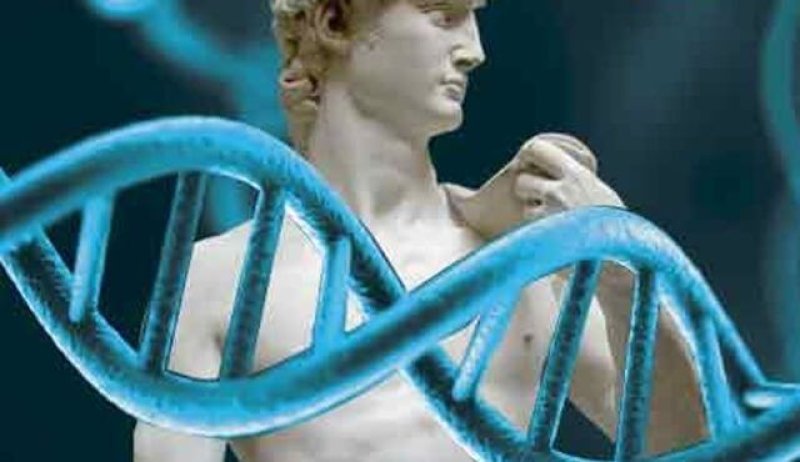Jewish communities around the word share certain genetic traits with each other — some of which they also share with surrounding populations. These similarities have enabled scientists to trace the origins of Jewish communities around the world. Analysis of mutations that arose in specific communities – Ashkenazi, Sephardi and others – have aided our understanding of our ancestors’ journeys, not to mention hereditary diseases. Here are 12 facts about Jewish genetics.
Jewish communities across the globe share a common “genetic thread”, according to a 2010 study led by geneticist Harry Ostrer of Albert Einstein College of Medicine in New York. Genetic analysis of seven Jewish groups (Iranian, Iraqi, Syrian, Italian, Turkish, Greek and Ashkenazi) identified two distinct clusters that split about 2,500 years ago: European/Syrian Jews and Middle Eastern Iraqi and Iranian Jews.
Curiously, a 2013 study of the maternal origins of Ashkenazi Jews suggests that their ancestors were prehistoric European women from the Northern Mediterranean—and not the Middle East or the Caucasus, as other research has posited. The study analyzed mitochondrial DNA (loops of genetic material passed down from mother to child in tiny organelles carried by their eggs).
Led by Martin B. Richards of the University of Leeds in the UK, the research suggests that 40 percent of the variation in Ashkenazi mitochondrial DNA can be traced to prehistoric Europe, indicating that the maternal ancestors of most modern Ashkenazi Jews converted to Judaism some 2,000 years ago.
The GLP aggregated and excerpted this blog/article to reflect the diversity of news, opinion and analysis. Read full, original post: Jewish genetics: 75% of Jews are lactose intolerant and 11 other facts































